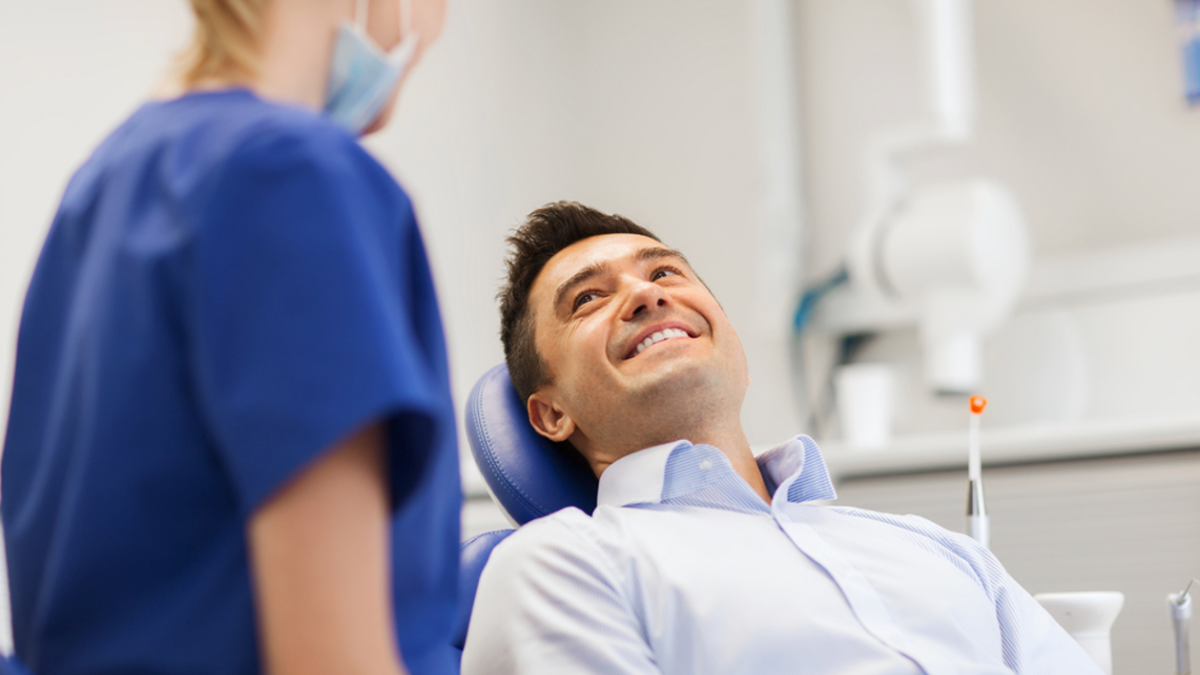
Technology has revolutionized many industries, and the dental industry is no exception. Technology has brought about significant improvements in the way dental offices operate. With technological advancements, dental offices can provide efficient and effective services to patients. In this article, we will explore eight ways to use technology to improve operations in a dental office.
Table of Contents
1. Electronic Health Records (EHRs)
One of the significant advantages of technology in dental offices is using electronic health records (EHRs). EHRs are digital versions of patients’ medical records. They contain information such as the patient’s medical history, dental X-rays, diagnosis, and treatment plans. EHRs make it easier for dental offices to manage patient records, track progress, and collaborate with other healthcare providers.
2. Appointment Scheduling Software
Dental offices can also use appointment scheduling software to improve operations. This software allows patients to schedule appointments online, saving time and reducing the workload on the dental office staff. Additionally, the software can send appointment reminders to patients, reducing the number of no-shows.
3. Digital Radiography
Digital radiography is another technology that dental offices can use to improve operations. This technology uses digital sensors to capture dental X-rays. Digital radiography produces high-quality images that are easily accessible and can be shared with other healthcare providers. Additionally, digital radiography reduces the amount of radiation exposure to patients.
4. Intraoral Cameras
Intraoral cameras are small cameras that can take pictures of patients’ teeth and gums. The images can be used to diagnose and treat dental problems. Intraoral cameras can also educate patients on their oral health, as they can see what the dentist sees. This technology can improve patient engagement and satisfaction.
5. Patient Education Software
Dental offices can also use patient education software to improve understanding and engagement. This software provides patients with interactive tools to learn about oral health and hygiene. Patient education software can also show patients what their teeth will look like after treatment, increasing patient satisfaction.
6. Digital Impressions
Digital impressions are a modern alternative to traditional dental impressions. This technology uses a wand to capture 3D images of patients’ teeth, eliminating the need for messy and uncomfortable impression materials. Digital impressions are more accurate and efficient, reducing the time needed to complete restorations.
7. Automated Billing and Insurance Claims
Dental offices can also use automated billing and insurance claims software to improve operations. This software can automate billing and insurance claims processing, reducing the time and resources needed to manage these tasks. Automated billing and insurance claim software can reduce errors and improve cash flow.
8. Telehealth Services
Telehealth services are another technology that dental offices can use to improve operations. Telehealth services allow patients to consult with their dentist remotely. Patients can receive advice, diagnosis, and treatment recommendations from the comfort of their own homes. Additionally, telehealth services can reduce the number of in-person appointments, saving time and resources.
Technology has revolutionized the dental industry, significantly improving how dental offices operate. Dental offices can use electronic health records, appointment scheduling software, digital radiography, intraoral cameras, patient education software, digital impressions, automated billing and insurance claims, and telehealth services to improve operations. Implementing these technologies can save time, reduce costs, improve patient satisfaction, and ultimately improve patient outcomes. Dental offices that embrace technology are more likely to succeed in today’s digital age.